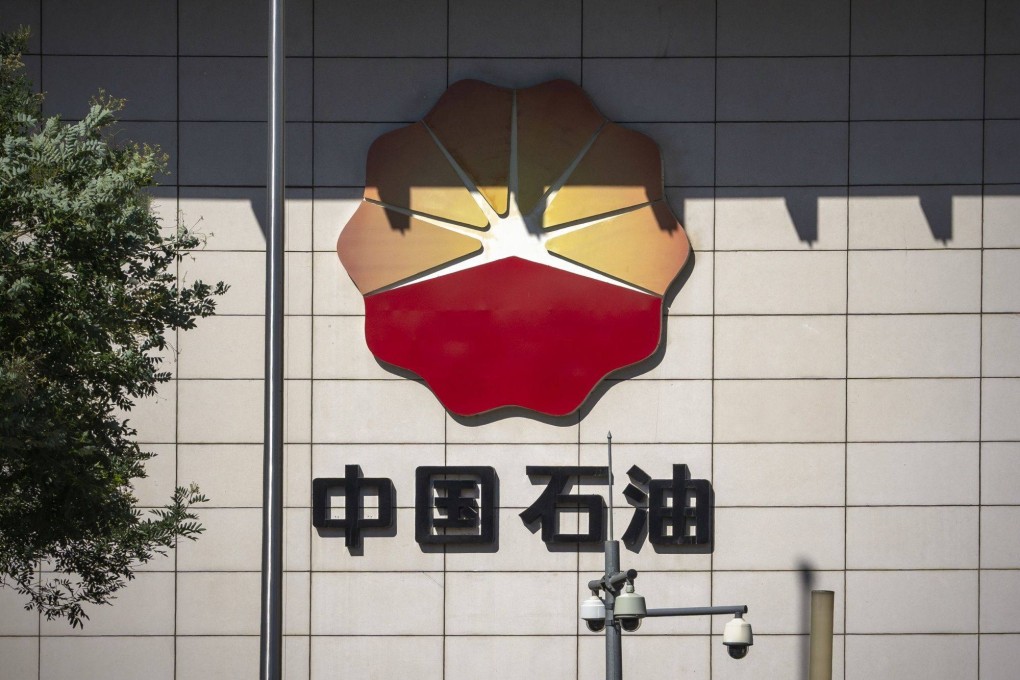PetroChina picks up renewable energy development pace to meet nation’s climate goals as it unveils record profit
- PetroChina, the country’s largest oil and gas producer, posted a 55.3 per cent year-on-year jump in first-half profit to US$12 billion
- Company won permits to install 5.36 gigawatts of wind and solar farms and 11.2 million square metres of geothermal projects in the first half

The nation’s largest oil and gas producer won permits to install 5.36 gigawatts of wind and solar farms and 11.2 million square metres of geothermal projects during the first six months of the year, Dai said after the company posted a 55.3 per cent year-on-year jump in interim profit on Thursday.
“As the development pace was faster than expected, we have adjusted our target for wind and solar farms approvals to 20,000 megawatts and that of geothermal acreage to 20 million square metres,” he said, without giving a timetable for the implementation.
While the company did not provide the amount allocated for execution of renewable projects this year, vice-president Wan Jun said it was included in its 175 billion yuan (US$25.5 billion) oil and gas exploration and development budget.
PetroChina aims to transform its output profile so that oil, gas and renewable energy each accounts for one-third of its output by 2035, to help the nation achieve its twin climate goals of peaking carbon emission before 2030 and reaching carbon neutrality by 2060.
